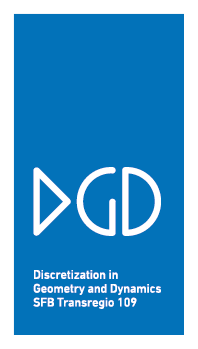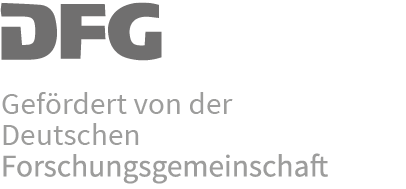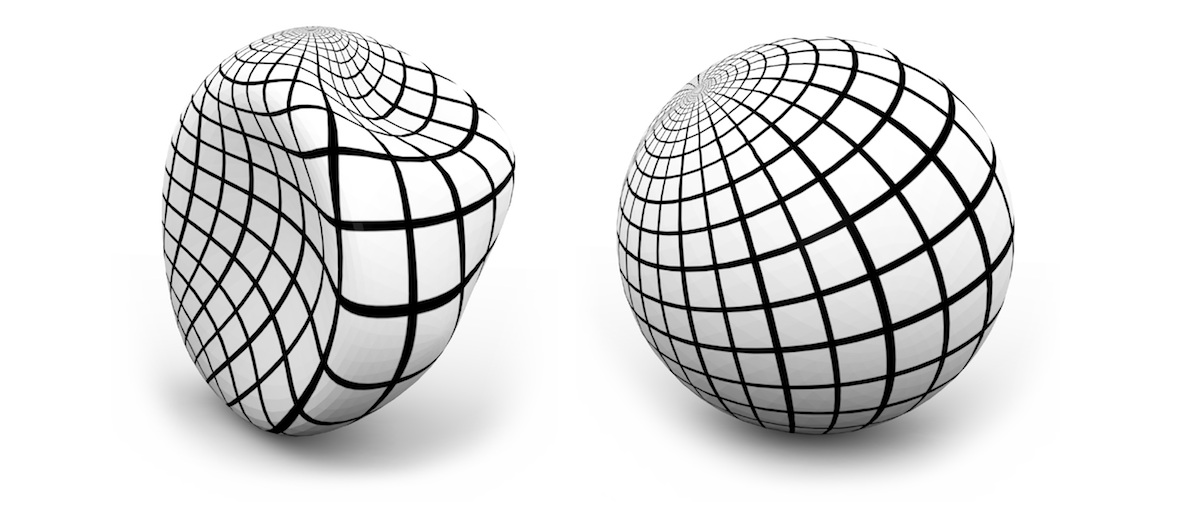Projects
Active Projects of the SFB Transregio 109
A01: Discrete Riemann Surfaces
- Investigating the Facets of Discrete Complex Analysis
- Alexander Bobenko, Ulrike Bücking, Boris Springborn
-
Riemann surfaces arise in complex analysis as the natural domain of holomorphic functions. They are oriented two-dimensional real manifolds with a conformal structure. Several discretizations of Riemann surfaces exist, e.g., involving discretized Cauchy-Riemann equations, patterns of circles, or discrete conformal equivalence of triangle meshes. Project A01 aims at developing a comprehensive theory including discrete versions of theorems such as uniformization, convergence issues and connections to mathematical physics.
A02: Discrete Parametrized Surfaces
- Developing a Theory of Discrete Surfaces with Constant Mean Curvature
- Alexander Bobenko, Tim Hoffmann
-
In recent years, an exhaustive theory has been developed to understand and construct discrete minimal surfaces. We aim to produce something similar for the construction and classification of discrete surfaces with constant mean curvature (cmc). In particular, for discrete minimal surfaces the study of Koebe polyhedra that serve as Gauß maps has been fruitful - we are interested in analoga for discrete surfaces with constant mean curvature.
A05: Conformal Deformations of Discrete Surfaces
- The Construction of a Discrete Differential Geometry Version of Certain Conformal Deformations
- Ulrich Pinkall, Olga Diamanti
-
Two geometries can be considered equivalent if there exists an angle preserving transformation between them; this is a so called conformal transformation. In the smooth case, conformal equivalences are quite well understood. However, mimicking their construction in the discrete case brought up not only interesting properties and algorithms, but also interesting problems - first and foremost the question of how to construct conformal deformations with certain prescribed properties.
A13: Geometry driven assembly of proteins
- Gero Friesecke, Myfanwy Evans
-
The assembly of proteins, and more generally their structure and shape in relation to function, have been a fascinating journey at the cutting edge of science over the past century. From Rosalind Franklin’s first X-ray scattering images of the DNA double helix and viruses to the modern protein structure databases, geometry has always played an important role in these fields of biochemistry. In this project we aim at a more rigorous understanding of the role of shape in one basic aspect of protein function, namely self-assembly, by combining recent ideas from biophysics, the concept of mixed volumes in differential geometry, and the mathematics of crystallization.






